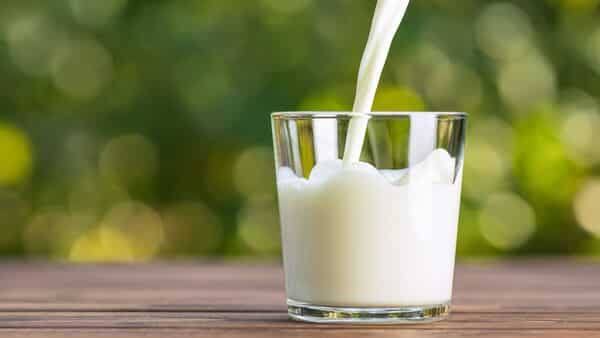New Delhi: The average retail price of milk in India has increased by 12 per cent from a year ago to Rs 57.15 ($0.6962) per liter.
According to a report by Bloomberg, a mix of factors is at play, a jump in the cost of cereals has made cattle feed more expensive coupled with lower dairy yields as cows were inadequately fed because of the pandemic rupturing demand at the time.
Milk, which has the second-largest weight in India’s food basket, pushes up overall inflation as well. India’s retail inflation for March dropped below the RBI’s target of 6 per cent as high interest rates cooled overall demand. However, milk inflation trended higher than the overall figure at 9.31 per cent. The report said that high milk prices and related products have the potential of becoming a political risk for the central government ahead of the general elections next year.
R S Sodhi, president of the Indian Dairy Association, said, “This trend of higher milk prices is problematic, since it is a highly price elastic product and has a direct impact on consumption.” For now, the demand-supply mismatch has helped a rally among dairy stocks in India as analysts expect this situation can help organised players expand their share of overall market in India.
Sodhi, however, said the balance sheet of dairy firms may eventually come under stress as the cost of procurement is rising. One factor is the increase in the prices of cereals and rice bran, ingredients used in animal feed, which is discouraging farmers from feeding their cattle sufficiently and is reflecting in milk prices that have risen 12-15 per cent during winters, he said. Unseasonal rain and heat waves have also contributed to this jump in feed prices. Cereal inflation came in at 15.27 per cent for March 2023.
Demand for milk and milk products dipped as many restaurants and sweet shops were forced to shut down either temporarily or permanently during the pandemic-induced lockdowns.
India accounts for almost a quarter of the world’s milk supplies, but those massive volumes are produced in large part by tens of millions of small farmers who maintain modest numbers of animals. The drop in demand meant they were unable to feed their livestock well.
“A cow has to be fed irrespective of whatever quantity of milk it is giving and this is a pressure point for the producer,” said Jayen Mehta, who heads India’s largest dairy cooperative, Gujarat Cooperative Milk Marketing Federation, which owns the iconic Amul brand.


Comments are closed.